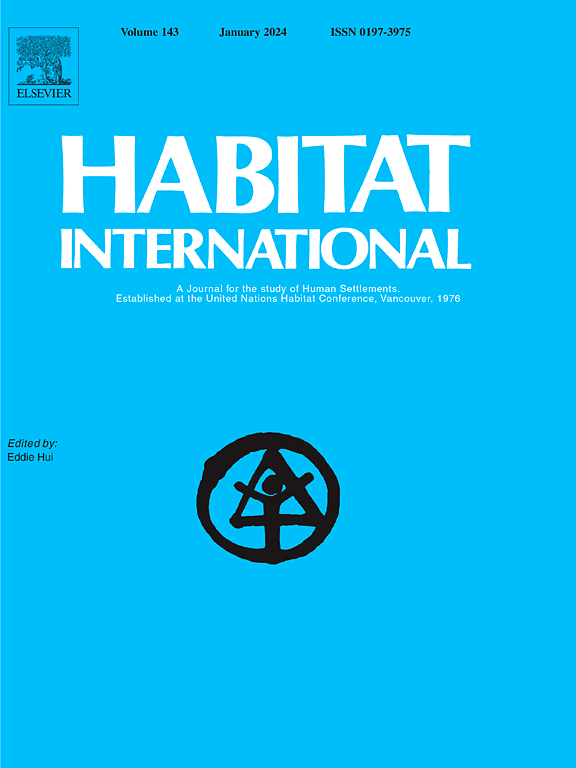撒哈拉以南非洲主要城市的大规模贫民窟测绘:遥感和深度学习揭示了2016年至2022年城市边缘贫民窟的强劲增长
IF 7
1区 经济学
Q1 DEVELOPMENT STUDIES
引用次数: 0
摘要
撒哈拉以南非洲大约一半的城市人口生活在贫民窟,但关于贫民窟时空发展的数据仍然很少,这阻碍了减轻城市贫困和不平等的政策。我们提出了一个解决方案,通过将深度学习应用于开放获取的卫星图像,绘制撒哈拉以南非洲529个主要城市的贫民窟地图,并跟踪其时空发展。我们的模型生成了1000万分辨率的“贫民窟概率图”,可以及时、经济地跟踪贫民窟的增长。在此基础上,我们估计,到2022年,274个城市中生活在贫民窟的城市人口比例超过50%,2016年至2022年期间,84%的城市中这一比例增加,其中中非和西非的情况最为严重。贫民窟的增长主要发生在城市边缘,这在基于调查的贫民窟监测中往往被遗漏。本文章由计算机程序翻译,如有差异,请以英文原文为准。
Large-scale slum mapping in sub-Saharan Africa's major cities: Remote sensing and deep learning reveal strong slum growth in the urban periphery between 2016 and 2022
Around half of sub-Saharan Africa's urban population lives in slums, yet data on the spatiotemporal development of slums remains scarce, impeding policies to alleviate urban poverty and inequality. We propose a solution to this problem by applying deep learning to open-access satellite imagery to map slums in 529 major cities across sub-Saharan Africa and track their spatiotemporal development. Our model produced 10m resolution ‘slum probability maps’ allowing timely and cost-effective tracking of slum growth. On this basis, we estimated that in 2022 the share of the urban population living in slums exceeded 50% in 274 cities, and in 84% of cities this share increased between 2016 and 2022, most severely in Middle and West Africa. Slum growth occurred primarily in the urban periphery, which tends to be missed in survey-based slum monitoring.
求助全文
通过发布文献求助,成功后即可免费获取论文全文。
去求助
来源期刊

Habitat International
Multiple-
CiteScore
10.50
自引率
10.30%
发文量
151
审稿时长
38 days
期刊介绍:
Habitat International is dedicated to the study of urban and rural human settlements: their planning, design, production and management. Its main focus is on urbanisation in its broadest sense in the developing world. However, increasingly the interrelationships and linkages between cities and towns in the developing and developed worlds are becoming apparent and solutions to the problems that result are urgently required. The economic, social, technological and political systems of the world are intertwined and changes in one region almost always affect other regions.
 求助内容:
求助内容: 应助结果提醒方式:
应助结果提醒方式:


